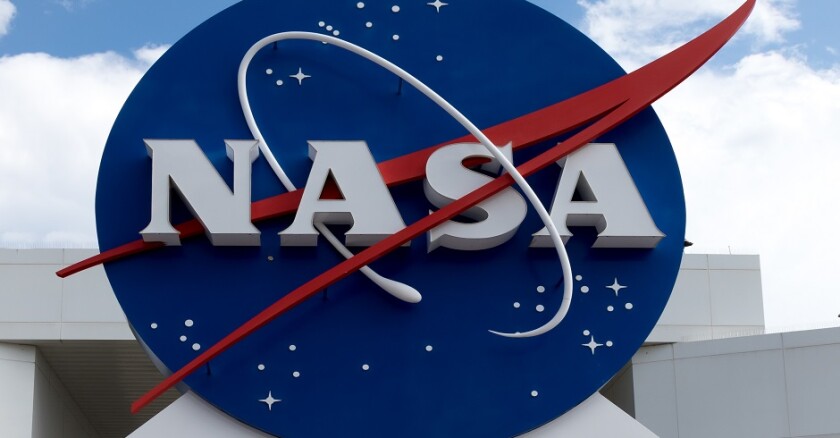NASA said the satellites in GOES (Geostationary Operation Environmental Satellites) are used to improve detection and obstruction of environmental events. NASA hopes this will improve public safety and protect property and the nation’s economic wealth.
Though the information processed by NASA spans the universe, many may not know that NASA is in their own backyard. The NASA IV&V Facility in Fairmont was formed after the Space Shuttle Challenger accident, in 1986. Then-Sen. Robert C. Byrd pushed for a West Virginia location and NASA has been there since. The employees at the Fairmont location do many things, from safety and mission assurance to educational outreach.
Scott Schield, who was the project lead on GOES-R, said this series of GOES satellites is using more advanced technology to report to earth.
“The GOES-R Series provides advanced imaging, increased resolution and faster coverage for more accurate forecasts, real-time mapping of lightning events and improved monitoring of solar activity and space weather,” he said.
Being the most advanced of satellite fleets, the GOES can detect things like advanced solar flares and give advanced tornado warnings.
“For the public, the series provides better hurricane tracking, improved thunderstorm/tornado warning lead time and improved imaging of the Earth’s weather, oceans and environment, which allows better weather forecasting and better protection of life and property,” he said.
NASA is proud that the GOES-S satellite can detect hotspots for wildfires. Schield said the real-time tracking of fires provides input data for air quality modeling. Timely and reliable monitoring of fires also allows increased protection of life, and better air quality predictions.
The satellite will orbit about 22,300 miles above Earth and will benefit Hawaii, the Pacific Ocean and Alaska in detecting things like sea ice and inclement weather during cold, dark winter months. After GOES-S reaches its orbit in two weeks, its name will change to GOES-17 as it will be the 17th in its series since October 1975.
The objective is to provide NOAA with more accurate and faster forecasts than ever before. Other GOES series satellites are scheduled to launch in the coming years to provide a continuous coverage if any satellite becomes inoperable, Schield said. NOAA, NASA, universities and private sector researchers will use the data and results to craft the next GOES series.
Follow The Dominion Post on Twitter @DominionPostWV. Email Sarah Marino: smarino@dominionpost.com.
———
©2018 The Dominion Post (Morgantown, W.Va.)
Visit The Dominion Post (Morgantown, W.Va.) at www.dominionpost.com
Distributed by Tribune Content Agency, LLC.







